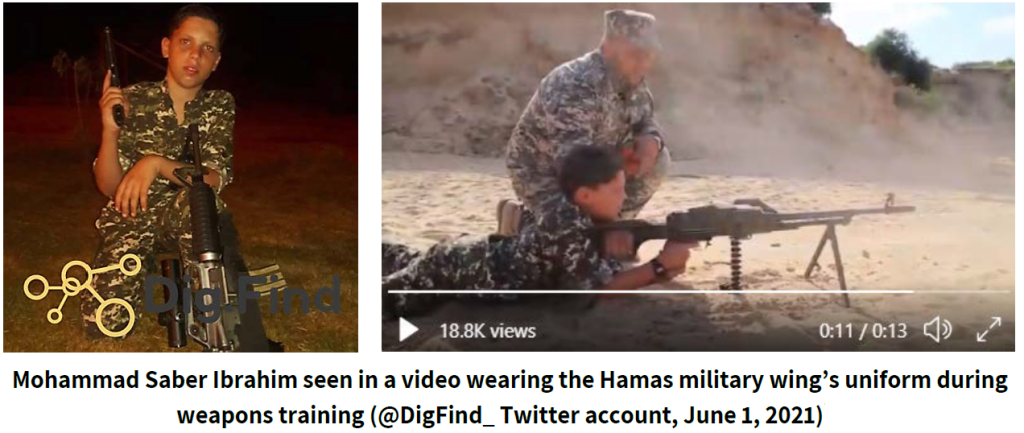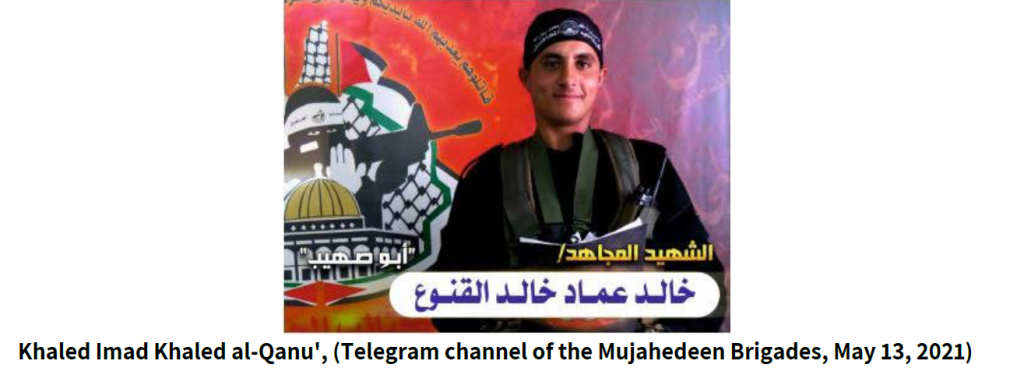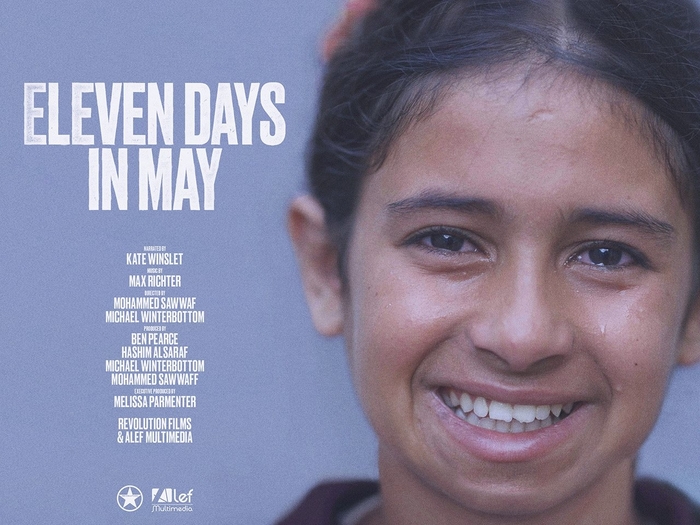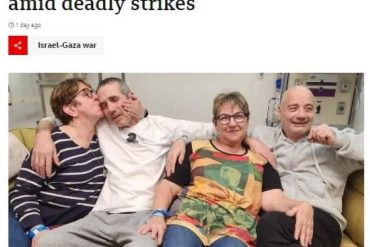Blogger Jonathan Hoffman has written a detailed review of ‘Eleven Days in May‘, a film described as an ‘homage to the children killed in Gaza’ during last year’s war, and which has received largely positive reviews in the British media. The film is screening in theaters in London and throughout the UK.
Hoffman cites important facts, omitted from the film, about the circumstances surrounding the deaths of the Palestinian children. ‘Eleven Days in May’ is a work of propaganda which erases the context of Hamas terror, their use of human shields, as well as the terror group’s overall indifference to Palestinian lives. Let’s remember that not one Palestinian child would have died if Hamas hadn’t decided to launch a completely unprovoked barrage of rockets at Jerusalem on May 10 – starting a war they knew they’d lose and would result in death and destruction in the territory they govern.
Here are the important excerpts from Hoffman’s post.
Specific important and deliberate omissions [in the film] about the child casualties
Thanks to invaluable Open Source research by the Meir Amit Intelligence and Terrorism Information Center there is substantial material to fill in the gaps left by the film. I also used this link to correct the spelling of the names (which I wrote down in the dark cinema). I follow the same chronological approach as the film
Mohammad Saber Ibrahim Suleiman (age 15 or 16) died on 10 May in an IDF airstrike east of Jabalia. He was a Hamas member. A video shows him wearing the Hamas military wing’s uniform during weapons training. In other photos he is seen holding a rifle (@DigFind_ Twitter account, June 1, 2021). Despite his youth, he was apparently an operative in the Izz al-Din al-Qassam Brigades.

The four al-Masri children (Rahaf 10, Yazan 2, Marwan 6, Ibrahim 11) were killed at Beit Hanoun by terrorist rockets that fell short – not by the IDF. The same applies to Hussein Muneer Hussein Hamad, age 11, and to Ibrahim Hassanian age 16.
On 11 May Lina Iyad Fathi Sharir, age 15, died with her parents. Her sister Mana Iyad Fathi Sharir, age 2, was also hit and died on 18 May. The film fails to reveal that they were hit in a strike at their father Iyad Fathi Feyeq Sharir – the Commander of Hamas’s anti-tank units in Gaza.
The film tells us that on 12 May Bashar Ahmad Samour, age 17, ‘was shot alone while going to turn off water’. We see his dead body; he died near the fence in the Khan Younis region. But we are not told that he was a Fatah operative.
On 13 May Khaled Imad Khaled Qanou, aged 17 died. His mother talks about him and his father is shown in tears. But we are not told that the Mujahedeen Brigades, the military wing of the Mujahedeen Movement in the Gaza Strip, issued a mourning notice for him, saying he was 20 years old and an operative in their ranks. (Telegram channel of the Mujahedeen Brigades, May 13, 2021)

On 13 May Ibrahim Mohammad Ibrahim al-Rantisi, age 6 or 7 months, died. His brother is shown eulogising him. But we are not told that Ra’ed Ibrahim Khamis Azara al-Rantisi (his father? Brother?) against whom the strike was aimed in the Al-Junya neighbourhood of Rafah was according to social media an operative in Hamas’ military wing (Twitter account of Abu Obeidaal-Filistini, May 14, 2021). The Izz al-Din Qassam Brigades website called him a ‘Hamas shaheed’ (Izz al-Din Qassam Brigades website).
On 14 May the film informs us that three children from the al-Attar family died: Amira age 6, Islam age 8 and Mohammad Zain age 9 months. We see a sister eulogising and one of the dead children’s faces being touched. We are not told that they died on the street connecting the Al-Salatin and Al-Atatra neighbourhoods in Beit Lahia which was hit in an airstrike against Hamas tunnels – the tunnels used to enter Israel to murder and to hide armaments destined for use to kill Israelis.
On 15 May four children of the Hatab family died: Yamen (5), Bilal (9), Yousef (10 or 11) and Miriam (7). They died in the Al-Shati refugee camp. We are not told that they were the children of Hamas operative Alaa Abu Hatab. There are shots of children playing in the sea close to the shore.
Also on 15 May the film tells us that Osama (?Huseina) al-Hadidi, age 4, died and that she had a ‘brain condition’. We are told she ‘loved tomatoes.’ Three other children of the al-Hadidi family also died: Abdurrahman (7 or 8), Suheib (12) and Yahya (10). But we are NOT told that they also died in the strike against Hamas operative Alaa Abu Hatab (see above).
On 16 May we are told that 18 children were killed in attacks on Gaza City– (my observation: the highest child casualty number for any of the eleven days of the Operation).
We are told that 8 children of the Al-Qulaq family died (including Qusai age 6 months) (plus their mother and father) and 4 children of the al-Auf family including: Tala (age 12 or 13). What we are NOT told is that they died in strikes against terrorist tunnels that caused buildings on Al-Wahda Street to collapse.
We are told that Tawfeeq Ayman Tawfeeq Abu al-Auf (16 or 17) died. And that he was good at science and wanted to be a doctor. But not that he died in the same event. We see the children’s dead bodies.
Zain Riad Hasan Ashkuntna, age 2, also died in the same event. So did his sister Lana (6). We see their grandmother eulogising.
Relatedly, read CAMERA’s detailed analysis of the New York Times’ egregious misreporting on child casualties during the war here.
Finally, for those interested in a detailed and thoroughly researched account of the May 2021 war, and the events leading to the conflict, we strongly recommend Jonathan Schanzer’s book: ‘Gaza Conflict 2021’. You can watch an interview we did with Schanzer about his book here:



